Easby Abbey (formerly known in the middle ages as St. Agatha by Richmond), located in North Yorkshire outside the town of Richmond, dates from the 1150s and is one of the best examples of a pre-monastarian abbey in Britain. It was a successful abbey but became a ruin in the mid-1500s and was visited as a romantic ruin in the 1700s and 1800s and painted by Turner. Today, it also appears to be a popular place with many families having picnics, walking dogs, and children playing amongst the ruins. I visited the abbey on one hot summer's day at the end of August.
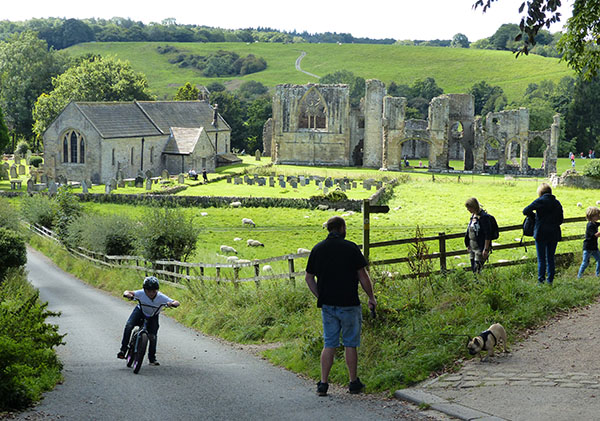
Before the abbey, there was a hamlet at Easby, and it was listed in the Doomsday book. Even at this time, the site was used for religious purposes of some sort. The Premonastarian priests (known as priests instead of monks) lived in the abbey, and they followed a less regimented structure to other orders. These priests were also known as 'white canons' due to their robe colours.
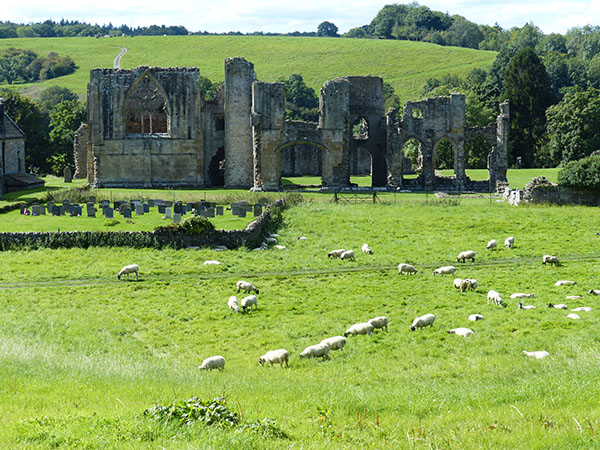
In the 12th-13th centuries, the Scropes family gave money to the monastary and had tombs in the abbey. Once the monastaries were dissolved in 1536, the abbey was stripped and became a ruin after only a couple of years.
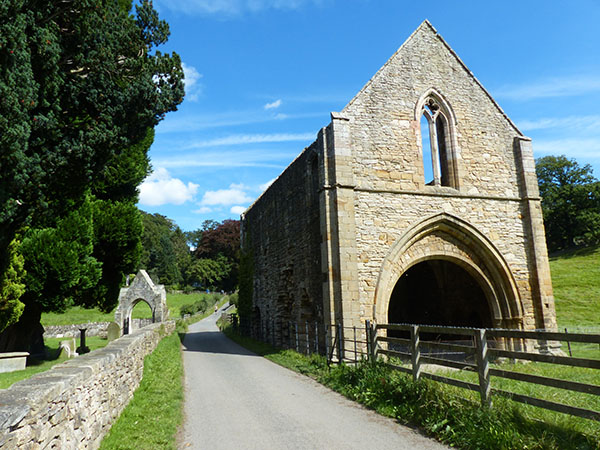
Gatehouse
The monastary raised sheep primarily, and sheep can still be seen grazing in the fields here.
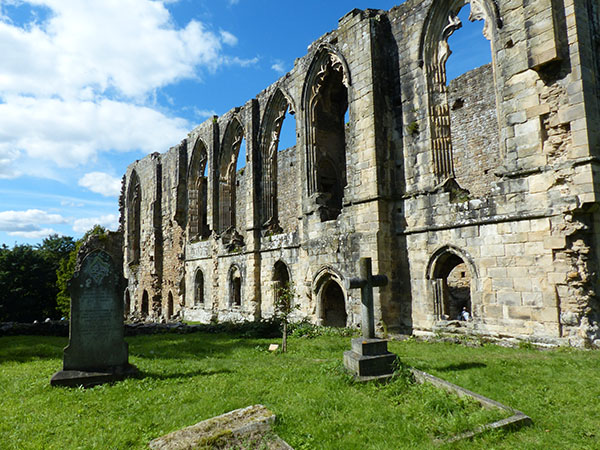
abbey church
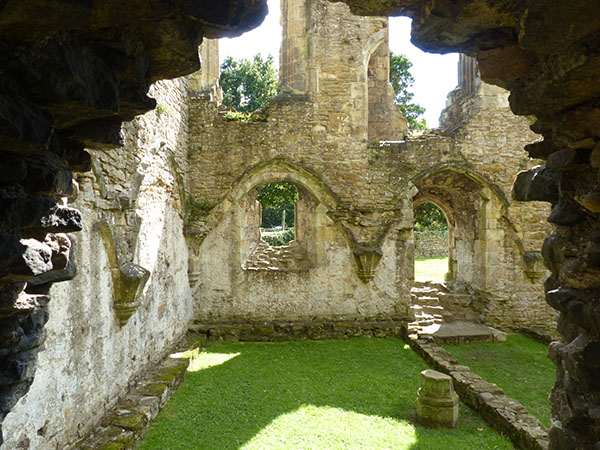
The ruins of the abbey have some rooms and chambers underneath to explore.

This is probably the refectory where the priests dined.
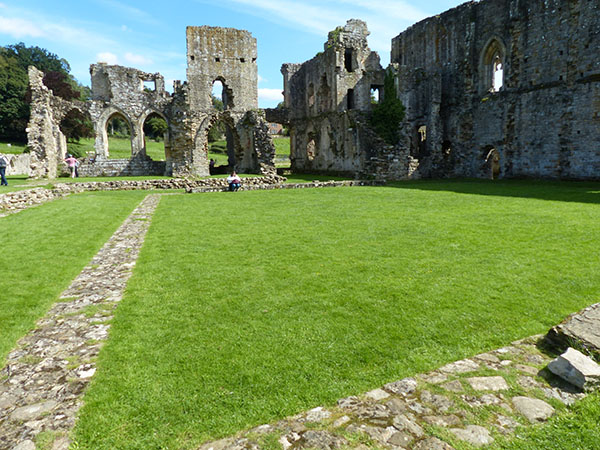
The cloisters and the buildings off of them is where the monks lived and studied.
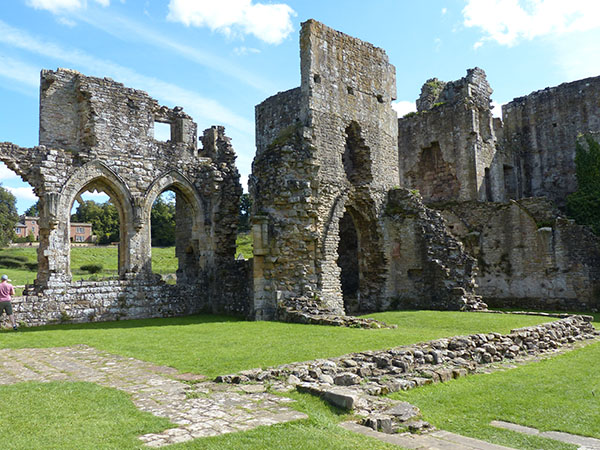
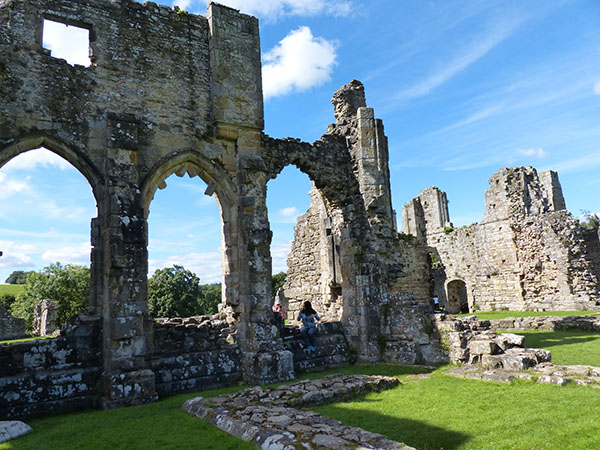
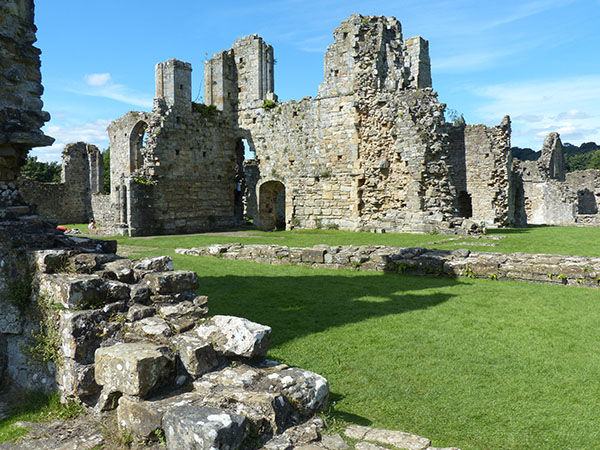
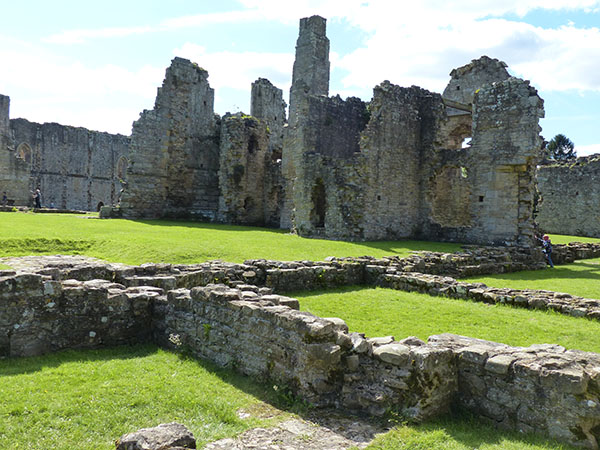
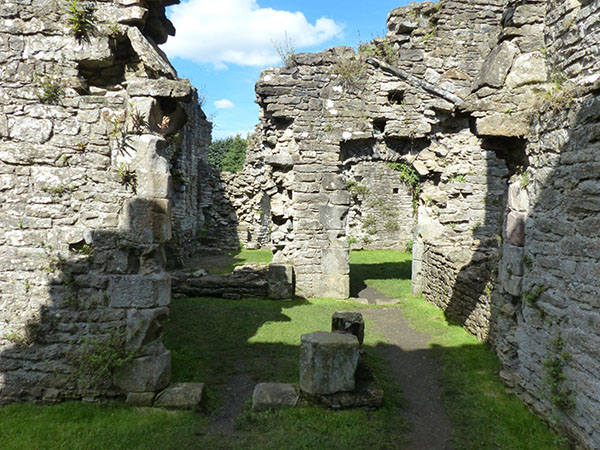
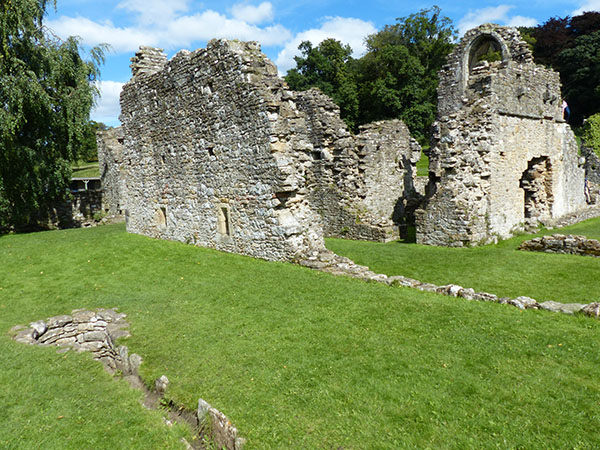
There is evidence of a water channel which was used for the latrines.
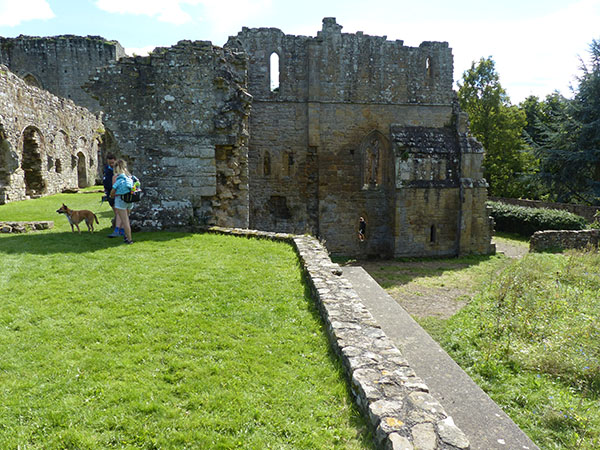
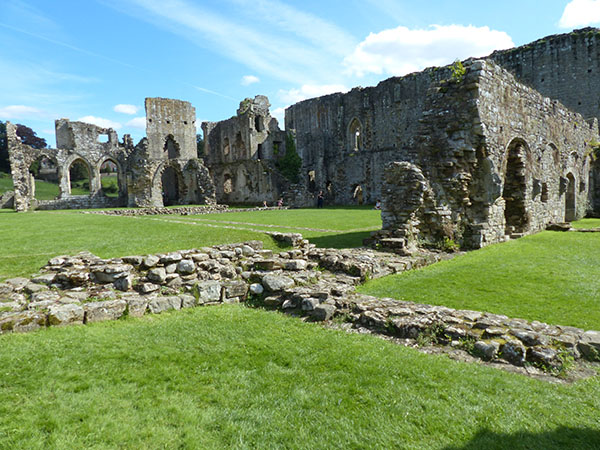
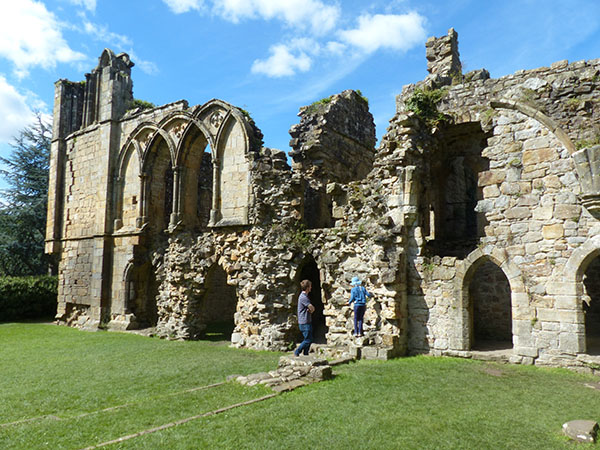
The above is the refectory building with the cellars underneath and a dining hall above.
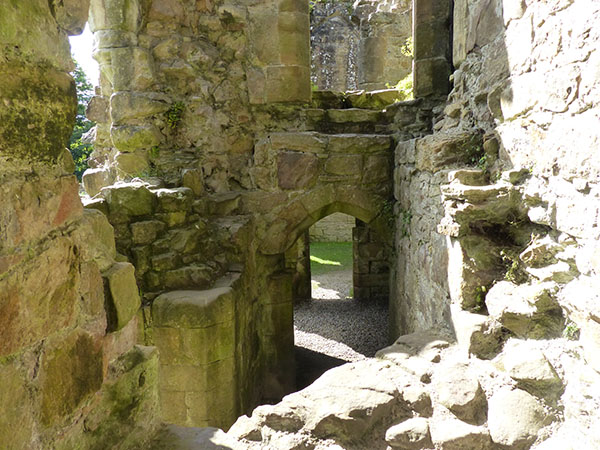
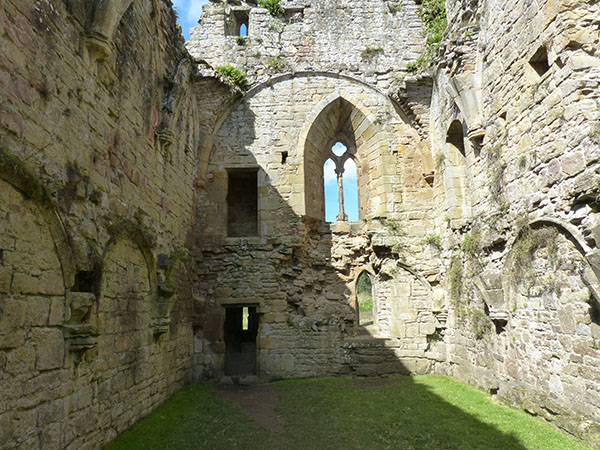
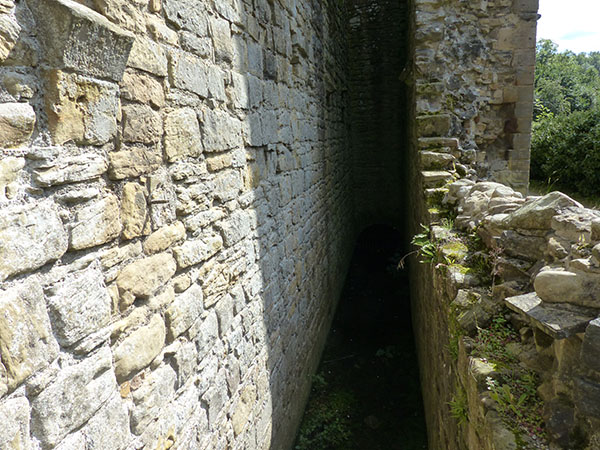
In between the abbey walls is another exterior wall that allowed water to pass through the site for the latrines.
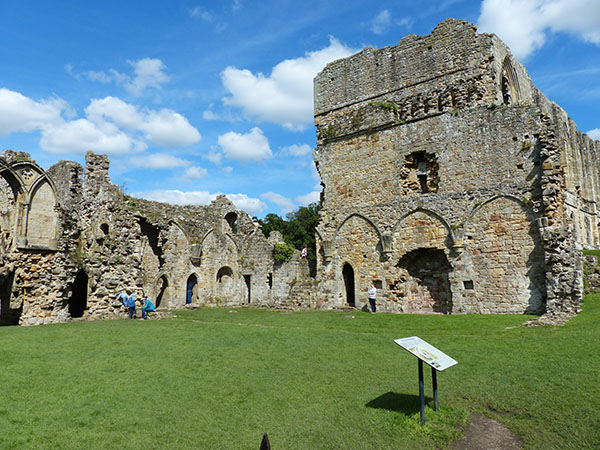
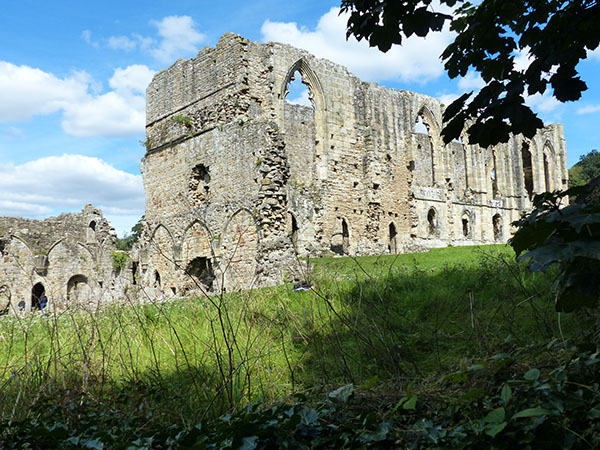
Easby Abbey is open to visitors for free and managed by English Heritage.

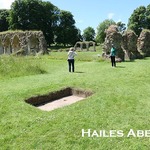
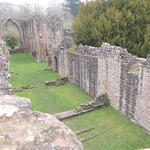
Leave a comment